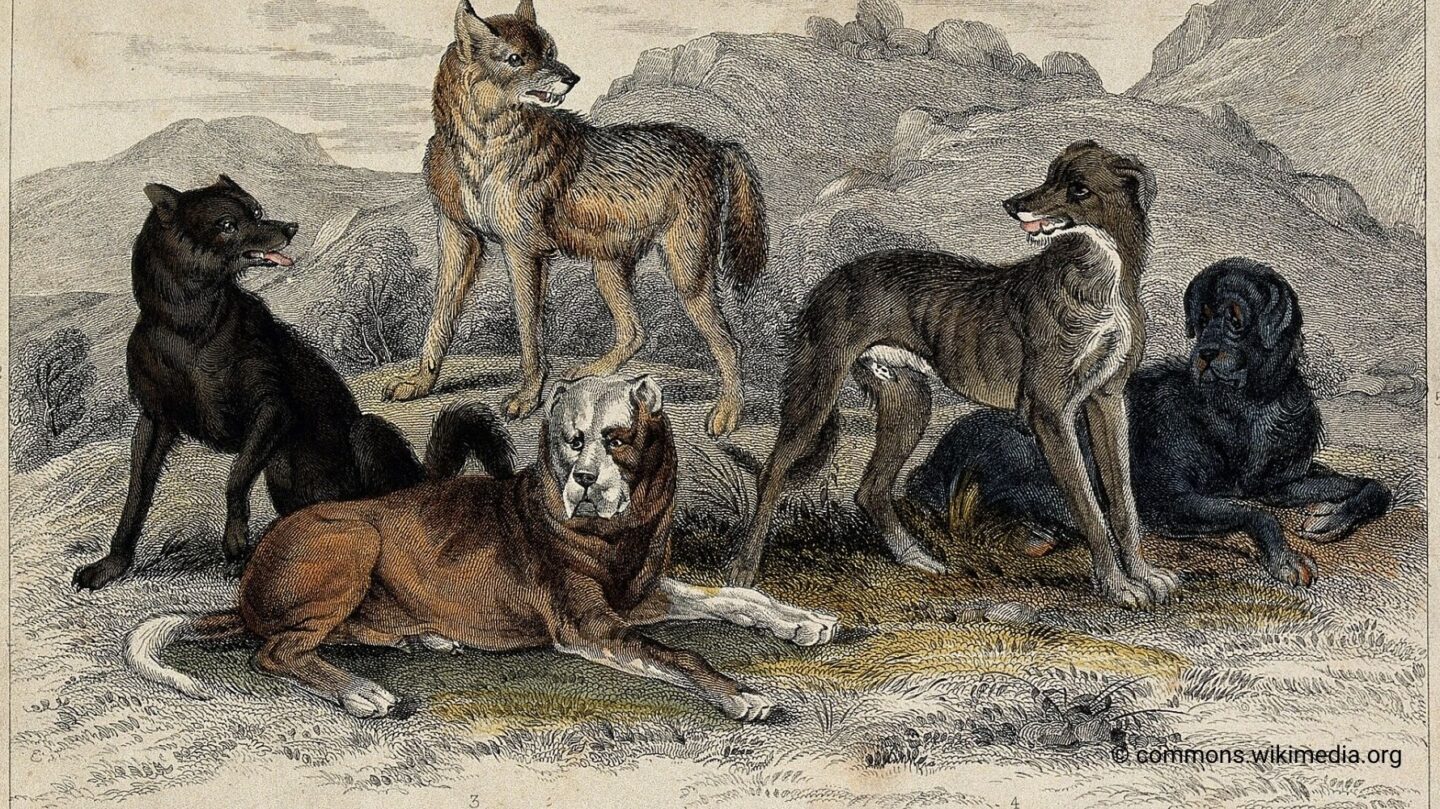The Origin of Dogs
Dogs, often called humanity’s best friend, have a long and fascinating history that dates back tens of thousands of years. The domestication of dogs began with their ancestors: wolves. Archaeological evidence suggests that the relationship between humans and wolves began over 20,000 years ago during the last Ice Age, when humans were hunter-gatherers.
Early humans and wolves likely formed a mutually beneficial partnership. Wolves, drawn to human settlements by food scraps, provided protection from predators and assisted in hunting. Over time, humans began to tame the friendliest and most cooperative wolves, setting the stage for domestication.
The Evolution of Domestication
Through selective breeding, wolves gradually evolved into what we now recognize as dogs. This process altered not just their physical appearance but also their behavior. Unlike wolves, early dogs were less aggressive and more social, making them ideal companions for humans.
Research has shown that dogs were likely domesticated in multiple locations, including Europe, Asia, and the Middle East. By 14,000 years ago, evidence of dogs living alongside humans had become widespread, as seen in burial sites where humans and dogs were interred together. These findings highlight the deep bond that had already formed between humans and their canine companions.
Dogs in Ancient Societies
As human societies developed, so did the roles of dogs. In ancient Egypt, dogs were revered and often depicted in artwork and hieroglyphs. They were used for hunting and guarding property and were even given names and burials similar to humans. The god Anubis, associated with the afterlife, was depicted with the head of a jackal, further emphasizing the cultural significance of canines.
In ancient Rome, dogs served a variety of purposes, from protecting homes to accompanying soldiers in battle. Similarly, Native American tribes relied on dogs to pull sleds, assist in hunting, and serve as loyal companions.
Across cultures, dogs were bred for specific roles, leading to the development of diverse breeds with specialized skills. For instance, herding breeds like Border Collies were trained to manage livestock, while scent hounds like Beagles excelled at tracking game.
The Rise of Dog Breeds
The concept of distinct dog breeds began to take shape during the Middle Ages. Breeding practices became more organized, with dogs being selected for traits that suited specific tasks. By the Victorian era, dog breeding had become a popular hobby, leading to the establishment of kennel clubs and breed standards.
This period also saw the rise of companion dogs, such as Pugs and Cavalier King Charles Spaniels, which were bred primarily for their affectionate and friendly nature. These dogs became symbols of status and luxury among the elite, while working breeds continued to serve farmers, hunters, and laborers.
Dogs in Modern Times
Today, dogs are an integral part of human life, fulfilling roles that go far beyond their traditional tasks. They are service animals, aiding individuals with disabilities; therapy dogs, providing comfort to those in need; and loyal family pets, offering unconditional love and companionship.
Modern research has deepened our understanding of the unique bond between humans and dogs. Studies show that interactions with dogs can lower stress, boost mood, and even improve physical health. The oxytocin released during these interactions underscores the profound connection we share with our canine friends.
A Timeless Friendship
The journey of dogs from wolves to best friends is a testament to the enduring bond between humans and animals. From their humble beginnings as wild predators to their roles as protectors, workers, and companions, dogs have earned their place as one of humanity’s most cherished allies.
Their history is a story of cooperation, loyalty, and love—a partnership that continues to enrich the lives of both species. As our understanding of dogs evolves, so does our appreciation for their remarkable journey alongside us.
